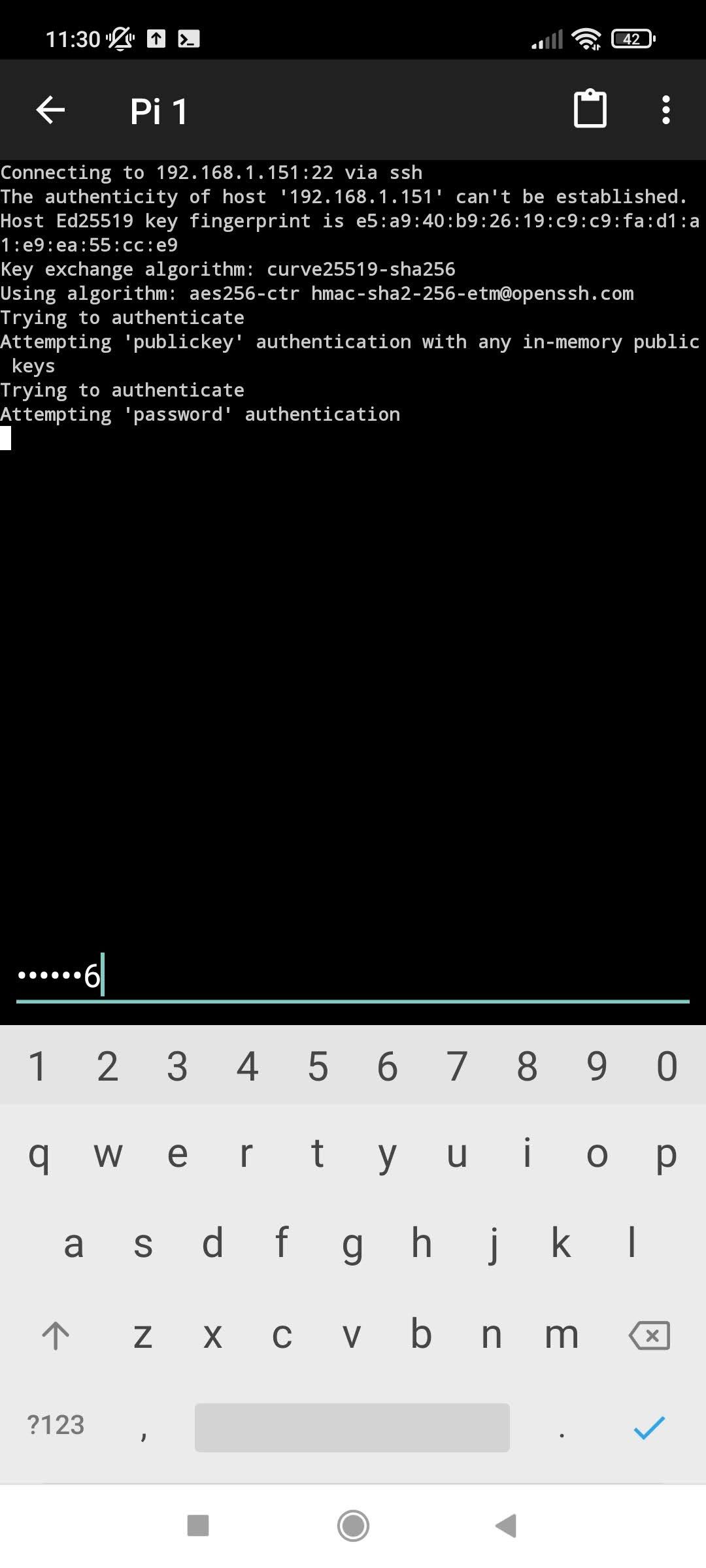Remote access to your Raspberry Pi has become an essential skill for many tech enthusiasts and professionals alike. Whether you're managing a home server, controlling a robot, or simply tinkering with IoT devices, having the ability to securely connect to your Raspberry Pi from anywhere is invaluable. In 2023, with advancements in technology and increased focus on cybersecurity, it's more important than ever to understand how to set up and maintain secure remote connections.
This ultimate guide will walk you through the process of securely SSH-ing into your Raspberry Pi, covering everything from basic setup to advanced configurations. By following these steps, you'll be able to access your Raspberry Pi remotely without compromising its security. Let's dive in!
Accessing SSH outside the local network can present challenges, especially when dealing with dynamic IP addresses that may change due to external factors such as power outages or ISP resets. However, with proper configuration, maintaining a stable connection becomes manageable. This guide will explore methods to overcome these obstacles and ensure seamless remote access.
Configuring SSH for Remote Access
Setting up SSH for remote access involves several steps, starting with enabling SSH on your Raspberry Pi. Once enabled, you need to determine the IP address assigned to your device. If the addresses do match, log into your router's admin interface and assign a permanent LAN address to your Raspberry Pi. This ensures consistent connectivity by preventing IP changes that could disrupt your SSH sessions.
In addition to setting a static IP, consider configuring port forwarding on your router to direct incoming SSH traffic specifically to your Raspberry Pi. This step is crucial for accessing your device from outside your local network. Remember to use strong passwords and consider implementing additional security measures like public key authentication to protect against unauthorized access.
For those using Ubuntu Server on their Raspberry Pi, direct SSH access can be achieved even without relying on a traditional network setup. By connecting your laptop directly to the Pi via an Ethernet cable, you can establish a point-to-point connection suitable for controlling robots or other embedded systems using ROS (Robot Operating System). This method bypasses the need for complex network configurations, offering simplicity and reliability.
Managing LibreELEC with SSH
SSH isn't just limited to standard server operations; it also plays a vital role in managing specialized distributions like LibreELEC running on a Raspberry Pi. For instance, if you're setting up a media center using LibreELEC/Kodi, remote SSH access allows you to perform maintenance tasks efficiently without needing physical access to the device. This capability is particularly useful for headless installations where no monitor or keyboard is attached.
When working with projects involving Raspberry Pi Compute Modules, such as those equipped with built-in eMMC storage, SSH provides a convenient way to manage software updates and troubleshoot issues. Leveraging SSH ensures smooth operation and quick resolution of any problems that might arise during deployment.
Remember, while SSH offers powerful control over your devices, it's imperative to adhere to best practices regarding security. Regularly update your system, employ firewalls, and utilize encryption protocols to safeguard your data and prevent potential breaches.
Enhancing Security Measures
Securing your Raspberry Pi against unauthorized access should always be a priority. One effective strategy involves setting up a reverse SSH tunnel through a third-party server. This approach enables your Raspberry Pi to initiate the connection, thereby eliminating the need for port forwarding and reducing exposure to external threats. Tools provided by the Raspberry Pi team, such as RealVNC server, offer alternative methods for secure remote access.
Community discussions often highlight various techniques for enhancing security. Users recommend disabling password-based authentication in favor of SSH keys, which provide stronger protection against brute-force attacks. Additionally, limiting SSH access to specific IP ranges or employing fail2ban can further bolster your defenses.
As demonstrated by user experiences shared within forums, combining multiple layers of security significantly improves the overall safety of your setup. Always stay informed about the latest trends and technologies in cybersecurity to keep your Raspberry Pi protected in an ever-evolving digital landscape.

